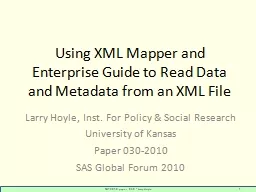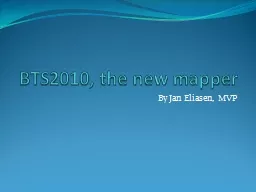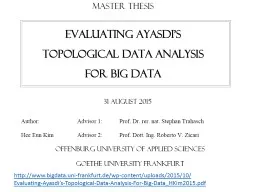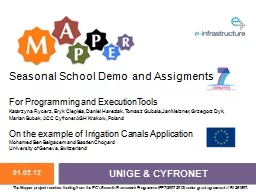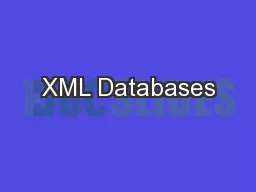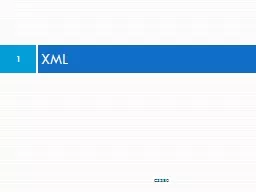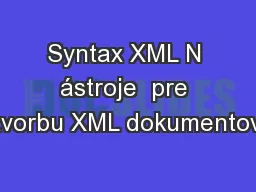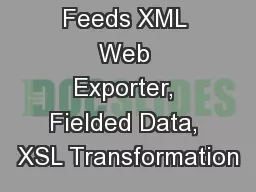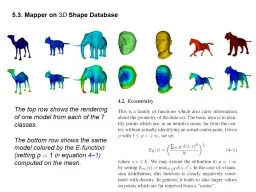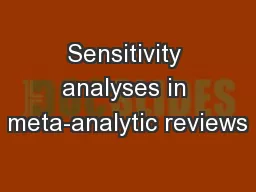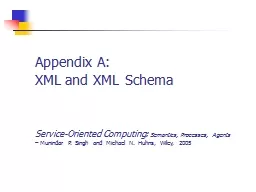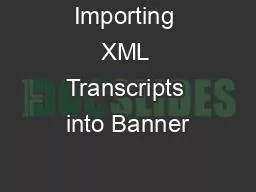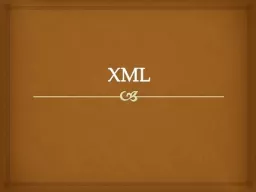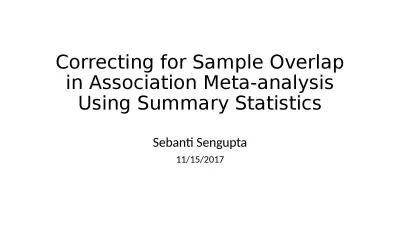PPT-Using XML Mapper and Enterprise Guide to Read Data and Meta
Author : myesha-ticknor | Published Date : 2017-10-18
Larry Hoyle Inst For Policy amp Social Research University of Kansas Paper 0302010 SAS Global Forum 2010 1 SGF 2010 paper 030 Larry Hoyle General Issue Read an
Presentation Embed Code
Download Presentation
Download Presentation The PPT/PDF document "Using XML Mapper and Enterprise Guide to..." is the property of its rightful owner. Permission is granted to download and print the materials on this website for personal, non-commercial use only, and to display it on your personal computer provided you do not modify the materials and that you retain all copyright notices contained in the materials. By downloading content from our website, you accept the terms of this agreement.
Using XML Mapper and Enterprise Guide to Read Data and Meta: Transcript
Download Rules Of Document
"Using XML Mapper and Enterprise Guide to Read Data and Meta"The content belongs to its owner. You may download and print it for personal use, without modification, and keep all copyright notices. By downloading, you agree to these terms.
Related Documents

